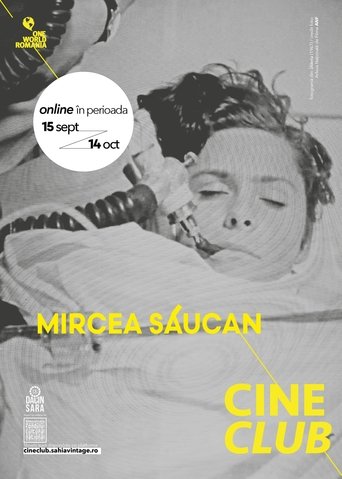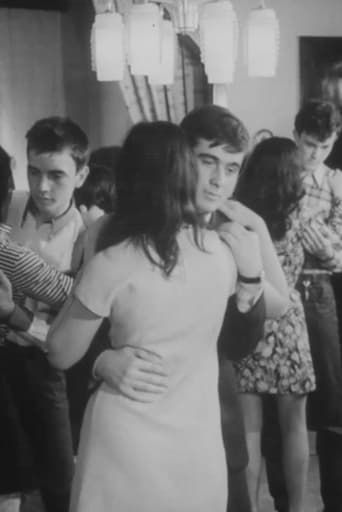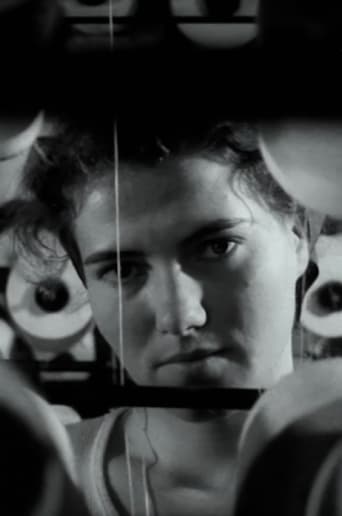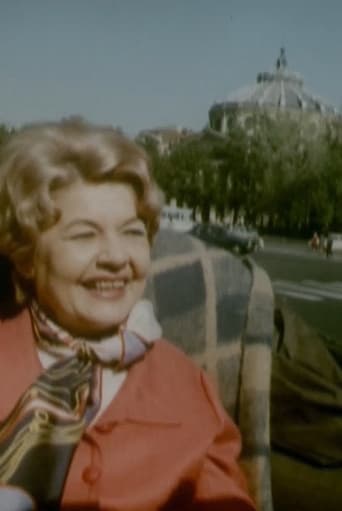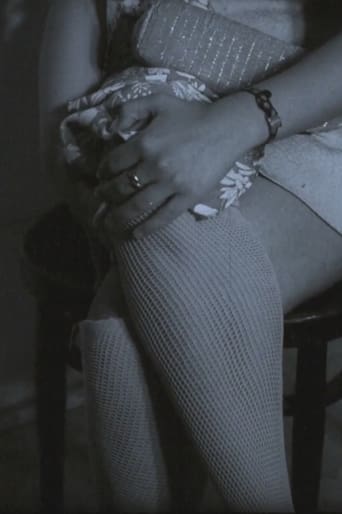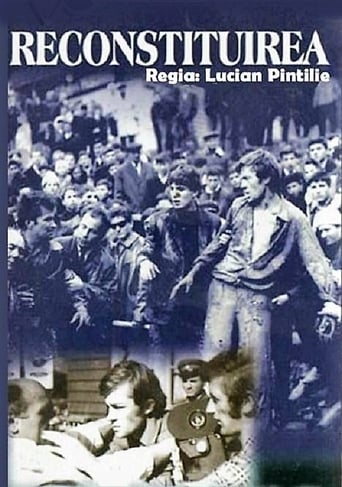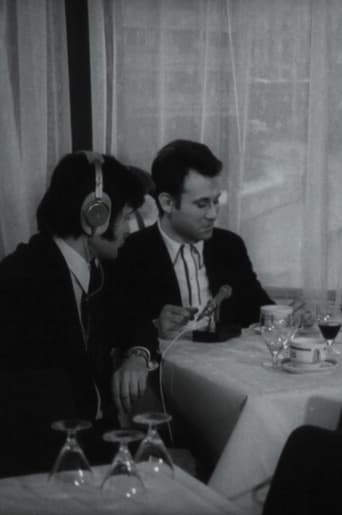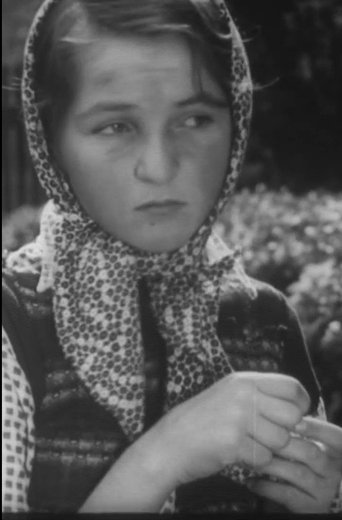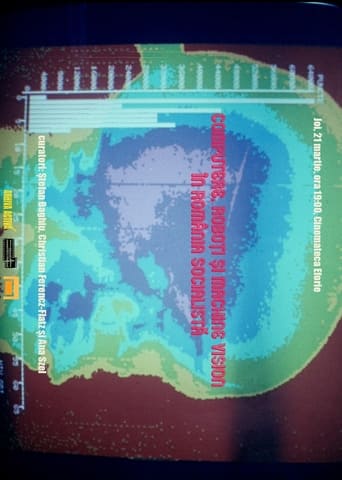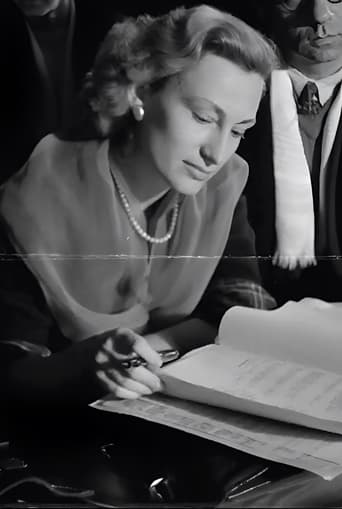Report from the Red Flag is an odd presence against the gloomy background of Stalinist Romania. It belongs to a wider body of Sahia films about the living conditions afforded by the new blocks of flats built across Romania – in this case, a workers’ quarter built in ‘Stalin’-town (the name assigned, between 1950 and 1960, to the Transylvanian town of Brasov). While other films bear the imprint of the collectivist, work-centered ethos of the time, Red Flag follows the workers during their downtime, between Saturday 3pm (the end of the working week) and Sunday evening, while they spend quality time with their families, walking, mountain climbing, biking, fishing, or shopping – an opportunity, today, to see candid images of relaxation shot at a time when the state started paying attention to the leisure and tourism facilities available to its citizens.
